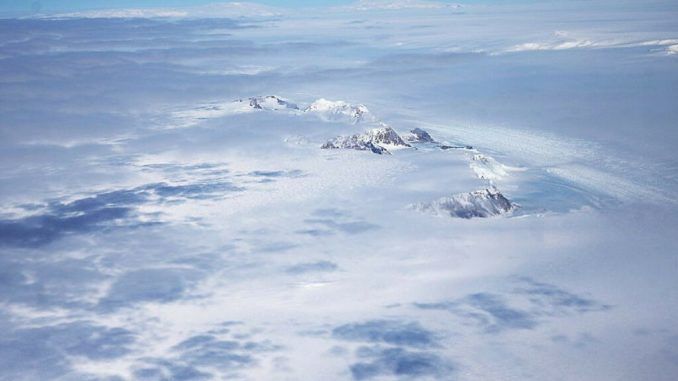
Antarctica’s eastern ice sheet was stable for millions of years during the Pliocene warm period when atmospheric carbon dioxide concentrations were about the same as today.
Daily Caller reports: The study on the Earth’s largest ice sheet surviving a period scientists believe was warmer than modern times was published in the journal Nature, but got little media attention, especially when compared to a study published the same day in the very same journal alleging Antarctic ice melt had tripled from ten years ago.
Former Vice President Al Gore said new research on sea level rise from melting Antarctic ice “poses a grave threat to humanity.” That research got top billing in prominent news outlets, like The Washington Post and The Associated Press.

BYPASS THE CENSORS
Sign up to get unfiltered news delivered straight to your inbox.
You can unsubscribe any time. By subscribing you agree to our Terms of Use
The Post’s write-up suggested the world had “perhaps no more than a decade” to avoid catastrophic global warming based on the study’s results.
The group of 80 scientists behind the highly publicized study found that Antarctic ice melt increased sea level rise 7.6 millimeters since 1992 — about 0.3 inches.
Antarctica’s western ice sheet is more sensitive to temperature changes compared to the land-based eastern ice sheet. South Pole ice melt is driven by warm water calving from below, much of it occurring in the last five years.
Shakun’s study found that while portions of Antarctica’s ice sheets retreated, the eastern portion proved to be very resilient during warm period between 2.6 million and 5.3 million years ago.
“Based on this evidence from the Pliocene, today’s current carbon dioxide levels are not enough to destabilize the land-based ice on the Antarctic continent,” Shakun said in a statement.
Shakun’s team analyzed ice cores, looking for isotopes that point to interaction between glacial sediment and cosmic rays. They only found trace amounts, suggesting ice cover persisted through past warm periods.
“This does not mean that at current atmospheric carbon dioxide levels, Antarctica won’t contribute to sea level rise,” Shakun said. “Marine-based ice very well could and in fact is already starting to contribute, and that alone holds an estimated 20 meters of sea level rise.”
“We’re saying that the terrestrial segment is more resilient at current carbon dioxide levels,” he said.

Climate change caused by 0.04% of CO2 in the atmosphere – what a joke.
It’s getting colder and damper. How did global warming ever even become a thing?